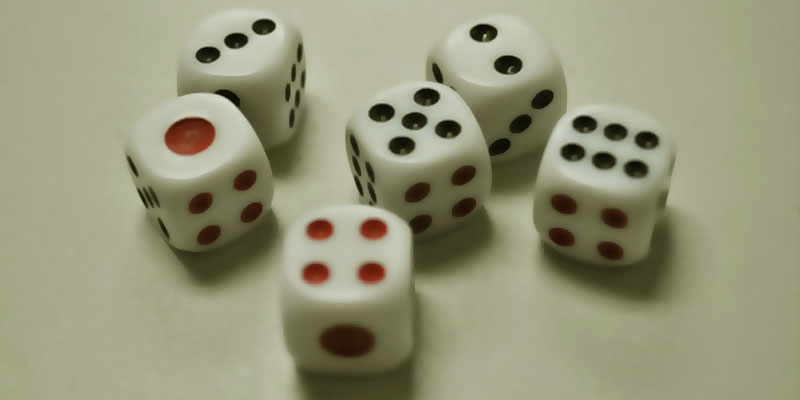There is one simple term that can put a grimace or a smile on a game designer’s face in a blink of an eye: randomness. In the world of computers, achieving randomness is almost impossible, considering the fact that computers can’t think for themselves. Even though there are a number of tricks that can be used to achieve something that’s quite close to randomness, there’s a love-hate relationship surrounding this aspect – some game designers approve of using randomness, while others consider it a deal-breaker. So which one is it?
True-Randomness vs. Pseudo-Randomness
There are two main types of randomness:
- True randomness – a type of randomness that is completely chaotic and completely unpredictable;
- Pseudo randomness – a type of randomness that can be generated using an extremely complex algorithm.
Pseudo randomness is the type of randomness that can be “created” by hand, as it implies creating an algorithm so complex that the results are very unlikely to follow a certain pattern. In reality, there is a pattern, but the number of operations that need to be made in order for the cycle to start over and duplicate some of the results is so large that the pattern usually becomes unnoticeable to the human eye. However, with the right knowledge, tools, and processing power, this type of randomness can be reverse-engineered and decrypted, thus revealing the original algorithm.
True randomness cannot be created by hand, but some clever tricks are used to obtain it. One of these tricks implies measuring certain values that are constantly changing, such as the combination of temperature, humidity, wind speed or atmospheric noise. Since these factors are generated by nature, they are never repetitive, or the chances of them being repetitive are extremely low. To make up for those small chances of repetition, the values generated by these factors are used as value in an algorithm, meaning that, besides the randomness of the values themselves, the algorithm provides another impulse towards complete randomness.
Randomness in Video Games
The existence of these two types of randomness is exactly one of the main reasons for debate among game designers when it comes to using randomness in video games.
On one side we have the supporters of true randomness, which are usually involved in designing games that actually need complete randomness, such as tabletop games. In these games, randomness, or luck, plays an important role – even more important than the skill of the player.
At the opposite pole, game designers that work on different games, such as role-playing games, are adepts of the simulated randomness, and they have their reasons. RPG games rely mostly on skills, intelligence and the user’s ability to anticipate the results of his actions, without relying on luck much. Even so, a certain amount of randomness is needed in these games as well, in order to add a bit of suspense to the overall experience, but since these games rely heavily on the player’s skill, using true randomness could make it frustrating. As a result, pseudo-randomness is used, a randomness that follows certain conditions.
Randomness: A necessary Love-Hate Relationship
As you can see, the subject of randomness is a bit controversial, game designers having a love-hate relationship towards it: some love it, some hate it, but everyone uses it in one form or another. In the end, it’s us, the players, that benefit from it, because no matter how much we like the feeling of being in control, having complete control in a game and being able to predict absolutely everything would make that game the most boring game on Earth. Lucky for us, we have randomness.


